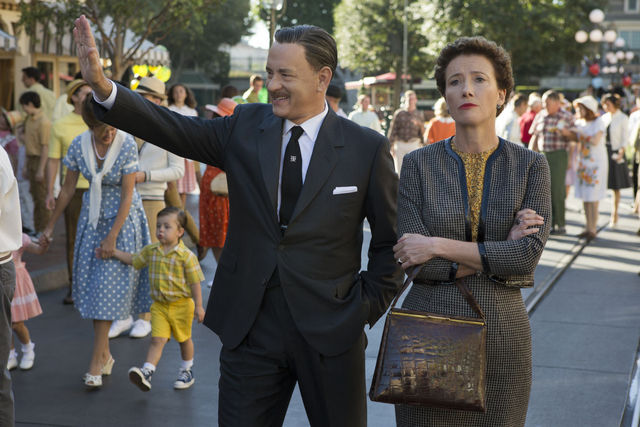Film Review: Making Mary Poppins Becomes Battle Of Personalities In Saving Mr. Banks
Intimate Biopic Exposes The Rocky Artistic Relationship Behind Disney’s Mary Poppins


Latest Article|September 3, 2020|Free
::Making Grown Men Cry Since 1992

